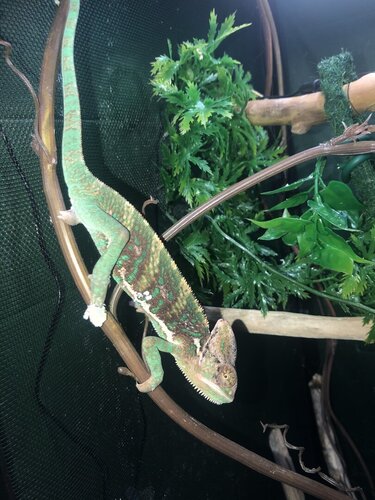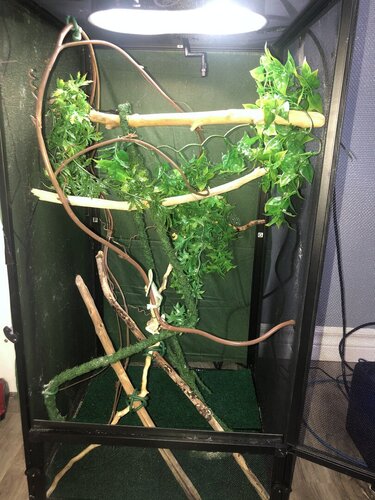loc
New Member
I’ve only had my chameleon for a couple of months and all has been going well. Recently, over the past few days he has always been a dark colour; sometimes with black colouring present. Even though nothing has changed in his environment, diet or temperature. What could be causing this? and how could i possibly reduce the stress or whatever may be the cause?






